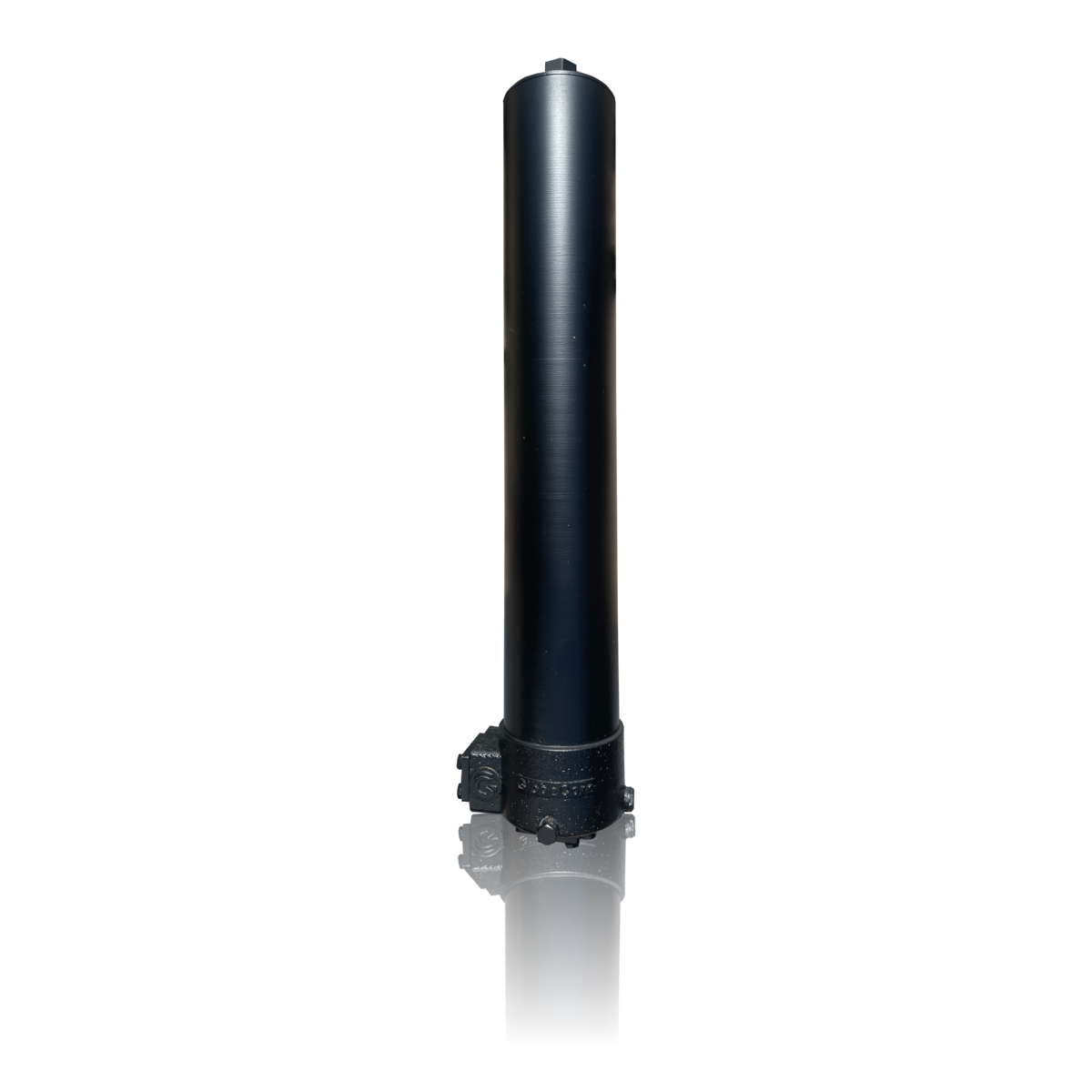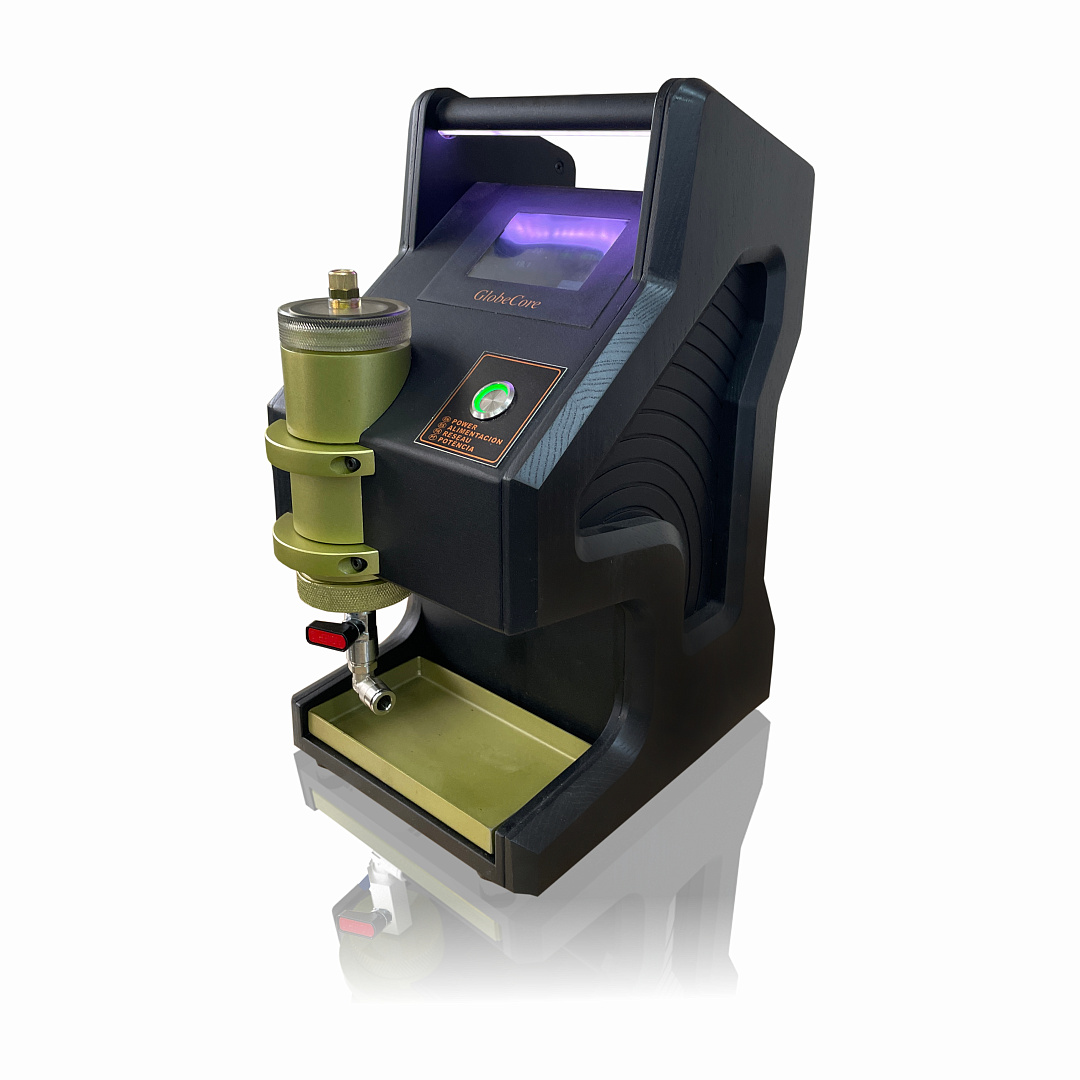What metrics are used to evaluate Diesel Purifier Performance?
- 该话题包含 1个回复,2 人参与,最后由 更新于 1年、 2月前 。
Answers
-
十月 5, 2024 12:40 上午 by Li Wei
Evaluating Diesel Purifier Performance involves several key metrics that assess the effectiveness and efficiency of the purification process. Contaminant Removal Efficiency measures the purifier’s ability to eliminate particulates, water, and chemical impurities from the diesel fuel, often expressed as a percentage of contaminants removed. Flow Rate indicates the volume of fuel processed per unit of time, ensuring that the purifier can handle the system’s demand without causing pressure drops. Pressure Drop Across Filters assesses the resistance the purifier introduces to fuel flow, with lower pressure drops indicating more efficient filtration. Fuel Quality Improvement is evaluated through parameters such as reduced particulate count, lower water content, and improved cetane number, confirming the purifier’s effectiveness. Operational Downtime tracks the reliability and maintenance frequency required for the purifier, with minimal downtime reflecting higher performance. Energy Consumption measures the amount of power the purifier uses, with lower energy usage indicating greater efficiency. Maintenance Interval evaluates how often components like filters need replacement, with longer intervals signifying better performance. System Integration assesses how well the purifier works within the existing fuel infrastructure, ensuring seamless operation. Return on Investment (ROI) considers the cost savings from improved fuel quality and reduced engine wear against the purifier’s operational costs. These metrics collectively provide a comprehensive evaluation of Diesel Purifier Performance, ensuring optimal fuel purification and engine protection.



